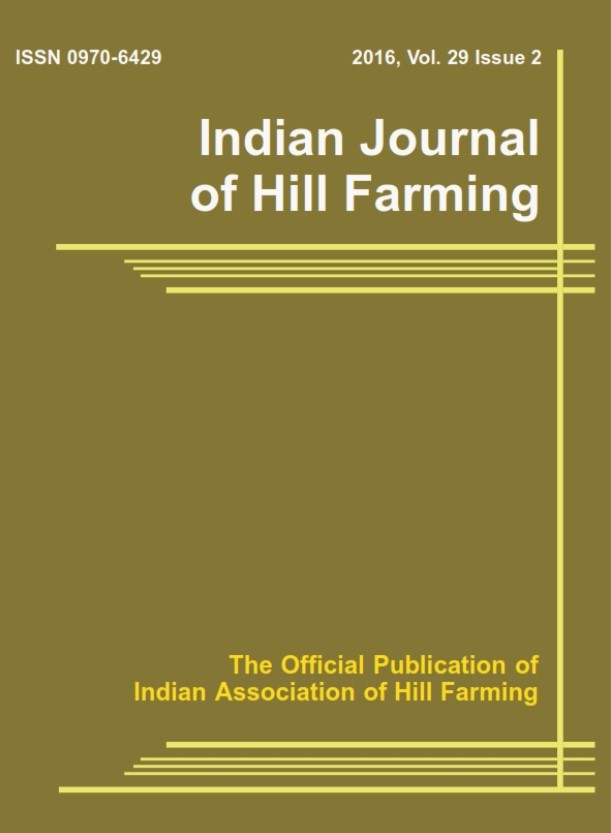Detection of rainfall trends using non-parametric method in the Himalayan Region of Sikkim, India in past 121 years
DOI:
https://doi.org/10.56678/iahf-2024.37.02.4Keywords:
Gridded data, Temporal and spatial change, SQMK test, Trend detection, Climate adaptation, Sikkim.Abstract
Changes in the timing and distribution of rainfall such as large rainfall events and unpredictable or delayed precipitation can seriously reduce agricultural output. These changes in rainfall patterns can lead to flooding or long-term water scarcity destroying livelihoods and property. Communities may therefore become more vulnerable, hence it is crucial to apply adaption strategies supporting local resilience and sustainable development. Using a high-resolution daily gridded dataset from the India meteorological department, the susceptibility of the study area to climate change was fully investigated spanning the years 1901–2021. The study area includes four districts viz. East, West, North, and South Sikkim. At a 5% significance level, pre-monsoon rainfall had showed significant increase in all districts except East Sikkim whereas monsoon rainfall sharply decreased. Throughout the study, the rainfall time series trend shift points were also found using the SQMK test. Maps showing the regional geographical variations in rainfall trend changes also produced by employing the interpolation technique known as inverse distance weighted (IDW). This research provides an in-depth understanding of the primary rainfall distribution patterns in relation to climate change, which will assist the state’s resource planners in making informed decisions, developing mitigation strategies, and implementing water management practices for sustainable agriculture.
Downloads
Published
Issue
Section
License

This work is licensed under a Creative Commons Attribution-NonCommercial-NoDerivatives 4.0 International License.




